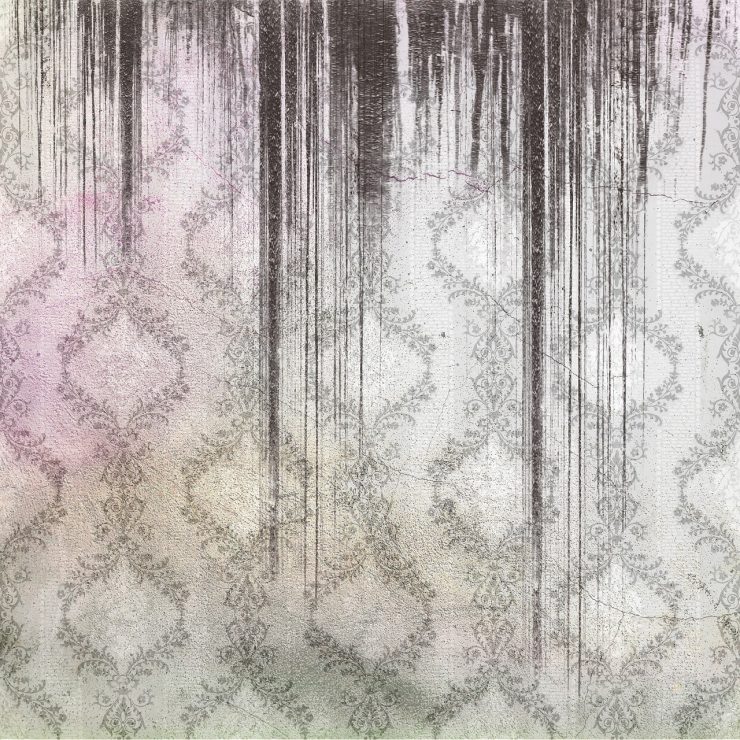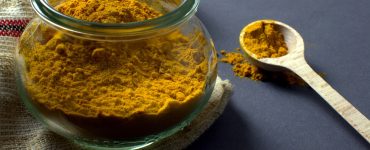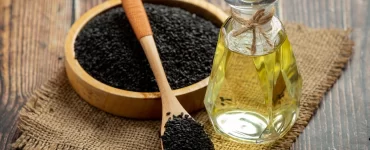So, you’ve got a sneaking suspicion that you might have a black mold situation going on at home? Yeah, that’s definitely not a pleasant feeling. I mean, who wants to deal with that, right? But hold on, before you start panicking and envisioning yourself selling your house, let’s take a breather and get some facts straight.
First things first, what exactly is black mold?
Well, it goes by the fancy name of Stachybotrys chartarum, but you can just call it black mold. This stuff loves hanging out in damp, dark corners of your house, releasing tiny spores into the air that you might end up inhaling or absorbing through your skin. Sounds gross, doesn’t it?
Now, why is black mold such a big deal?
It’s not just your run-of-the-mill mold; this one’s got a toxic reputation. Breathing in its spores can lead to all sorts of nasty respiratory issues like coughing fits and itchy eyes. And get this – long-term exposure can even mess with your brain and nervous system. Not exactly the kind of roommate you’d want, huh?
So, how do you know if black mold has set up camp in your home?
Well, there are a few telltale signs. First off, trust your nose. If you catch a whiff of something musty and unpleasant, it might be time to start investigating. And hey, if you’re worried your nose might be playing tricks on you, it doesn’t hurt to recruit a friend with a fresh sniffer to give your place the once-over.
Keep an eye out for dark spots or rings on your walls or ceilings too. They could be a sign of water damage, which is like a welcome mat for mold. And speaking of water, any leaks or pooling moisture in your house? Yeah, those are basically open invitations for mold to come on in and make itself at home.
If you’re experiencing any weird respiratory symptoms like sneezing fits or itchy skin, and you suspect mold might be the culprit, don’t brush it off. It’s better to be safe than sorry, right?
Now, let’s talk about kicking this unwanted guest to the curb.
If you’re feeling brave, you can tackle the job yourself. Just make sure you gear up with gloves, goggles, and a mask to protect yourself from those pesky spores. Seal off the area, scrub away the mold with soap and water, and hit it with a strong disinfectant.
Speaking of disinfectants, you’ve got options. Grapefruit seed extract, tea tree oil, vinegar – take your pick. Just steer clear of bleach, unless you’re cool with potentially irritating your skin and lungs.
If going the DIY route isn’t your style, no shame in calling in the pros. Sure, it might cost a bit more, but it’s worth it for the peace of mind knowing the job’s done right.
And hey, once you’ve bid adieu to black mold, let’s make sure it doesn’t come back for round two. Keep things dry, fix any leaks pronto, and make sure your home’s well-ventilated. Oh, and forget about fancy mold tests – if you’ve got mold, it’s gotta go, simple as that.
So, there you have it – a crash course in dealing with black mold. Remember, it’s not the end of the world. With a little know-how and elbow grease, you’ll have your home mold-free in no time.
Neurologist: 1-Word Test Predicts Dementia in 10 Seconds…
Experiencing “senior moments”?
Then you need to take this simple 1-word dementia test.
According to the renowned journal, Neurology, if you fail this test…
You have a 95% chance of suffering from dementia in the future.
This 1-word dementia test is a MUST if you’ve been…
– Losing your keys…
– Forgetting names or tiny details…
– Or forgetting why you walked into a room…
Because these are red flags of memory loss.
And let’s be real, these “senior moments” can turn into full-blown Alzheimer’s so easily.
On the bright side, over 32,477 adults have taken this test & reclaimed a sharp mind.
Take the 1-word dementia test here (before it’s too late)











